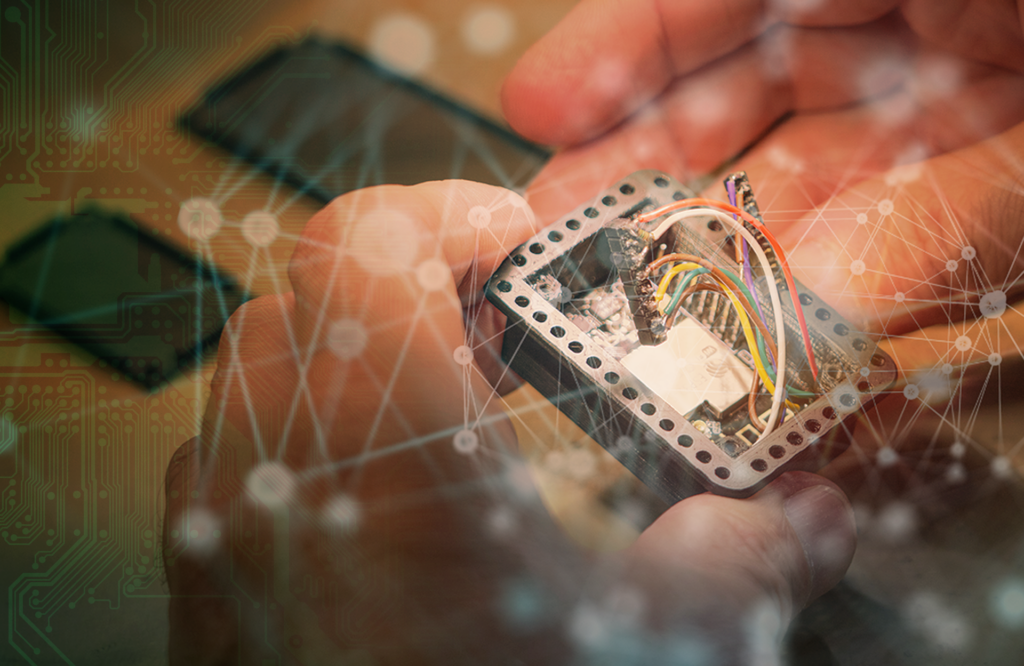A key feature of the new intelligent animal transmitters of the GAIA initiative are artificial intelligence algorithms that run directly on the transmitter and can perform efficient embedded data processing. This also places very special demands on image recognition AI, which must operate particularly sparingly and with small amounts of data. To this end, teams at Fraunhofer IIS are developing appropriate strategies and models for the AI.

To implement AI-based processing chains on embedded systems, several requirements must be met. Since field data is not available in sufficient numbers, Fraunhofer IIS researchers must train the AI algorithms to be developed to extract relevant information/patterns even from few data sets (sparse AI). The developers are also working on making all steps in the image processing chain as energy-efficient as possible and reducing the complexity of the DNNs used to a minimum by means of filter pruning. The goal is to ensure their portability to wearable edge devices (such as animal transmitters) and to generate a Sparse Deep Convolutional Neural Network (DCNN) model.
Another challenge arises from the limited communication bandwidth of the radio channels used. To overcome this, the researchers aim to use advanced embedded AI for image recognition to analyze and classify incoming image data and sensor data (including acceleration data) directly at the CameraTag. In this way, only those images can be selectively chosen in which a certain behavior of the vultures can be recognized. Depending on the use case, the camera is triggered by this sensor-based embedded AI image processing only if the images are relevant, and the images are transmitted to the user. For example, if one wants to know how many water buffalo have died of malignant catarrhal fever within a certain radius, the onboard AI must be trained to trigger the camera sensor when it captures images of several vultures at the carcass of the animals. With the help of this efficient development approach, the computational effort and memory requirements of the AI models used can be minimized to such an extent that the use of TinyML models on edge devices becomes possible for a variety of different applications.



